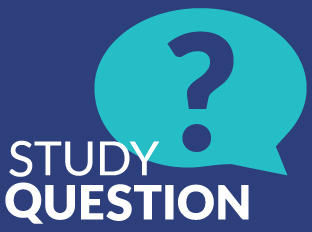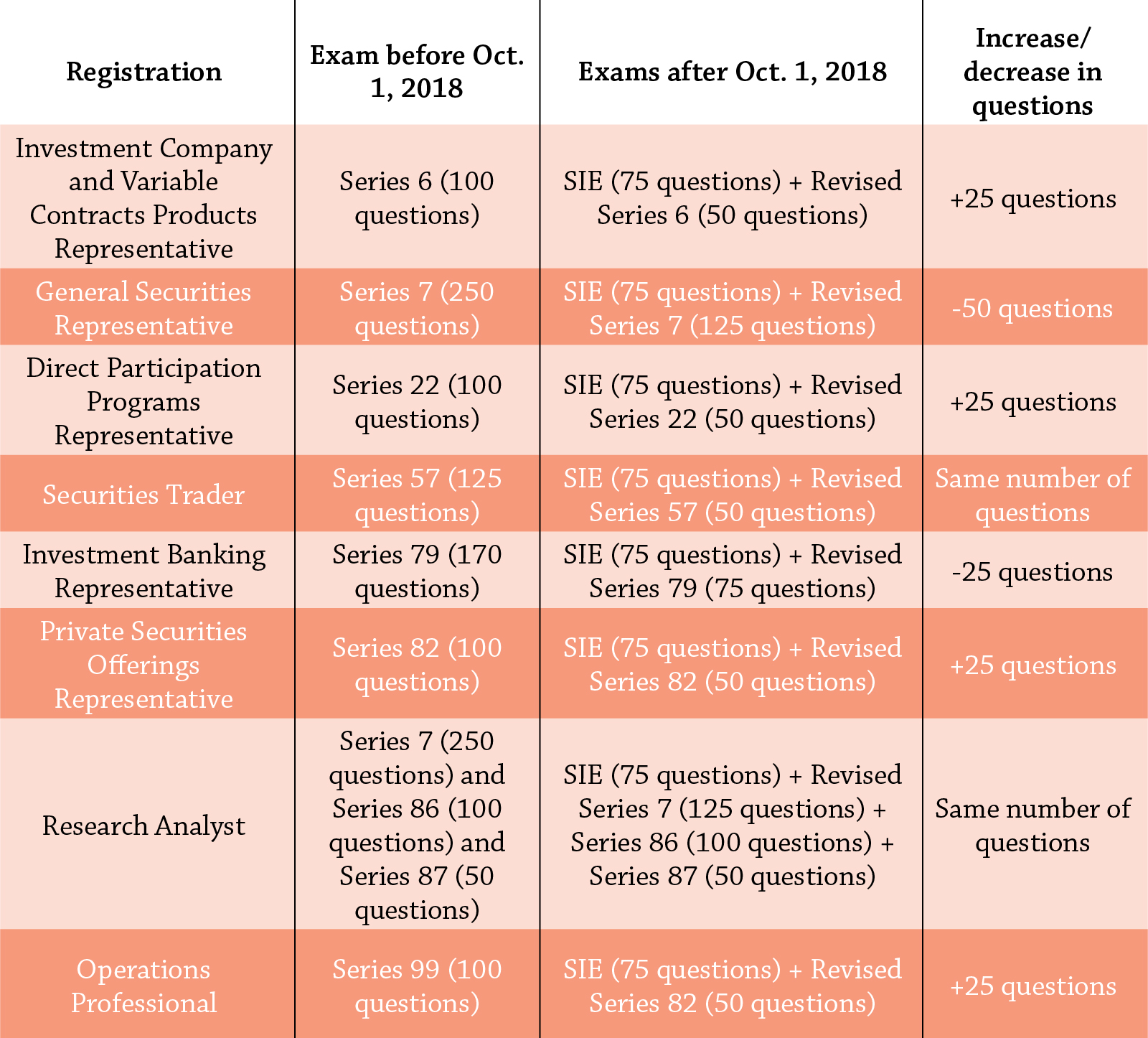- If two exempt offerings are conducted more than 30 days apart, they are almost always protected from integration.
- An issuer can “test the waters” with potential investors before deciding which exemption it will use for an offering. Test-the-waters communications solicit interest in a potential offering before the issuer has filed anything with the SEC. Previously, an issuer could only test the waters after deciding that its potential offering would take place under Regulation A.
- Caps on the amount that may be raised through these exemptions have been increased:
- Crowdfunding: from $1.07 million to $5 million
- Regulation A, Tier 2: from $50 million to $75 million
- Regulation D, Rule 504: from $5 million to $10 million
- Make “bad actor” exclusions more consistent across different exemptions.
SEC Announces Major Revisions to Registration Exemptions Aimed at “Harmonizing” Regulation A Offerings, Regulation D Private Placements, and Crowdfunding
On November 2, the SEC announced a collection of rule changes meant to, in the announcement’s words, “harmonize, simplify, and improve” its “overly complex exempt offering framework.” Continue reading







